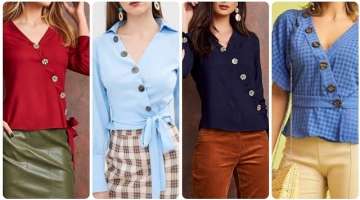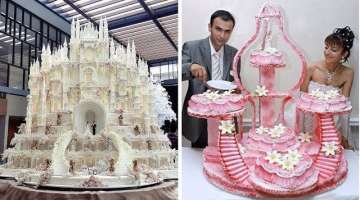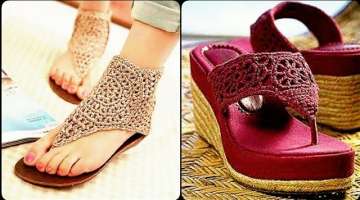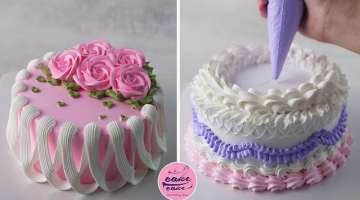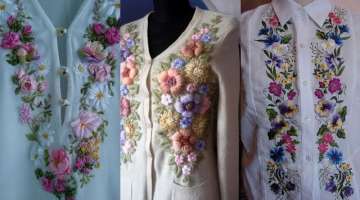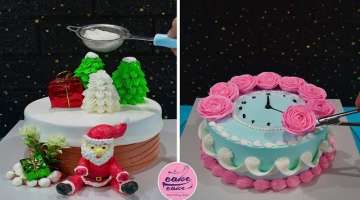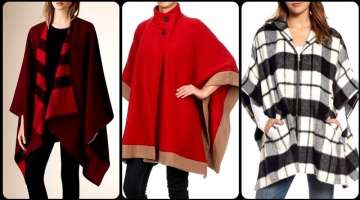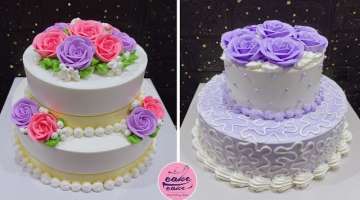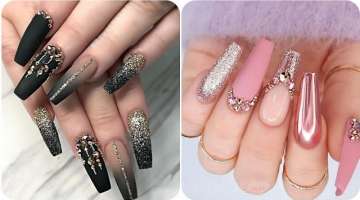Raspberry Cardigan Making
Raspberry knitting pattern is one of the most popular content of social media in recent years.
Raspberry knitting model, which we told how to do beforewill now make a stylish cardigan with the that we .
Hand knitted women's cardigan, when it comes to sweater models, the first thing that comes to mind is the raspberry knitting pattern.
- 1 | 4

Knitting is just as fun and easy! Let's start! Materials and knitting yarns 7mm skewer Fabrication Back forward. Bottle 36 stitches are thrown. 2nd. 9 rows, 1 reverse, 1 flat rubber knit is knitted. 3.10th row, one is increased at the beginning of the row and the whole row is knitted in harosha. (37 stitches)
- 2 | 4

4. In the 11th row, one is increased at the beginning of the row and the whole row is knitted in harosha. 5. After reaching 38 loops, knit until 27 teeth are knitted. (54 rows) 6. One each is cut at the beginning and end of the row. 7.1 row of 36 loops knit. 8. Cut three at the beginning and end of the row. (30 stitches) 9. All loops are cut and the back of the cardigan is finished.
- 3 | 4

Front The numbers of the pieces on the front parts are different in the dimensions we use in the model. You can also use two equal parts if you want. You can start with the same numbers. If you want to get an even look, you can start with 30 loops. Narrow Front 1. It starts with 20 stitches. 2nd. 9 rows, 1 reverse, 1 flat rubber knit is knitted. 3. On the 10th row, one is increased at the beginning of the row and the whole row is knitted in harosha. (21 stitches) 4. In the 11th row, one is increased at the beginning of the row and the whole row is knitted in harosha. (22 stitches) 5. After reaching 22 loops, knit harosha knit until 27 teeth are knitted. (54 rows) 6. One each is cut at the beginning and end of the row. 7. 1 row of 22 loops are knitted. 8. 3 pieces are cut at the beginning of the row. (19 stitches) 9. All loops are cut and a front part of the cardigan is finished. Wide Front 1. It starts with 30 stitches. 2. 9 rows, 1 reverse, 1 flat rubber knit is knitted. 3. On the 10th row, one is increased at the beginning of the row and the whole row is knitted in harosha. (31 stitches) 4. In the 11th row, one is increased at the beginning of the row and the whole row is knitted in harosha. (32 stitches) 5. After reaching 32 loops, knit a harosha knit until there are 27 threads. (54 rows)
- 4 | 4

6. We cut one at the beginning and at the end of the row. 7.1 row of 32 loops knit. 8. 3 pieces are cut at the beginning of the row. (29 loops) 9. All the loops are cut and one more front part of the cardigan is finished. The front and back pieces are sewn until 14 loops remain in the upper part of the sides. The shoulder parts are joined together in 10 loops. Handles (2 pcs) 1. Bottle 31 loops are thrown. 2. 1 reverse and 1 straight 9 rows of rubber knitting are knitted. 3. The row is completed by making 1 increment at the beginning of the row and knitting harosha. 32 loops are reached. 4. In the same way, 33 loops are reached by making 1 increment at the beginning of the row. 5. Raspberry knitting pattern is started to be established. The model is installed on the front. The first loop, the starting loop, the right bottle is taken without knitting and the row is completed by knitting 2 reverse and 1 plain until the whole row is finished. 6. On the back of the model, the row is completed by knitting the reverse, straight straight. 7. Before knitting the first loop, take the bottle, knit 2 harosh to knitting, 5 increments are made in the straight loop next to it (raspberry), knit 2 harosas next to it, knit 1 plain loop, 2 harosh to, than a raspberry pattern is made to the next straight loop, 5 pieces per loop increase is made. This process is repeated until the end of the row. It is actually installed in 1 flat knitted loops on the front of the model. The model is set up by skipping straight stitches that only need attention. 8. In summary, after making raspberry in the first flat loop, a model is established on the third flat loop that comes after knitting 2 harosha, 1 plain, 2 harosha. Like 1-3-5-7-9 ...


